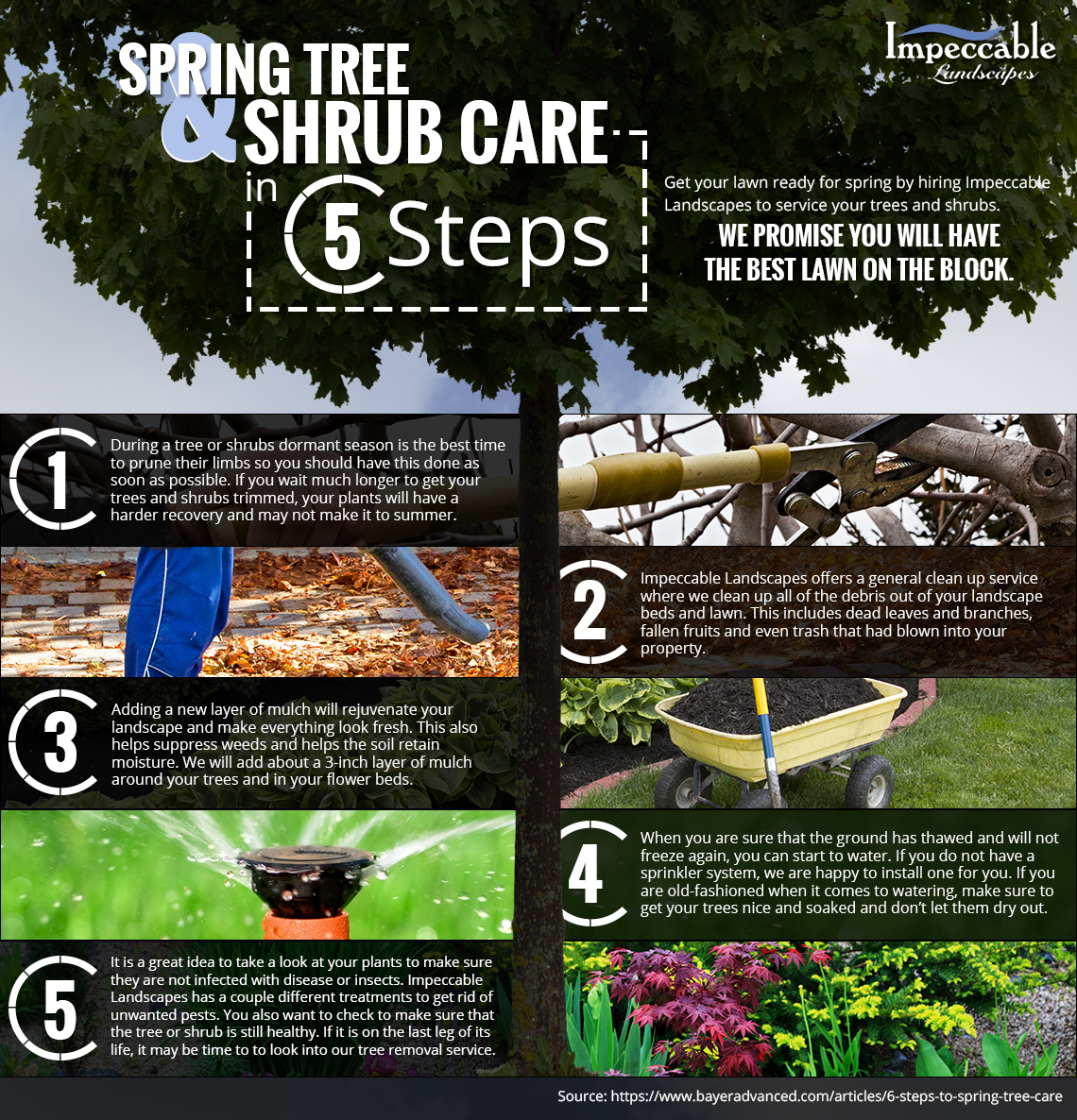Post-Tree Removal Treatment Is Vital For Landscape Restoration; Discover Crucial Actions To Revitalize Your Space And Stop Future Problems
Post-Tree Removal Treatment Is Vital For Landscape Restoration; Discover Crucial Actions To Revitalize Your Space And Stop Future Problems
Blog Article
Composed By-Langley Als
After a tree's elimination, your landscape may look fairly different, and it's vital to evaluate the aftermath very carefully. You'll want to review the dirt disturbance and check surrounding plants for any indications of tension. Overlooking these elements can cause bigger problems down the line. So, what should you make with those stumps and origins? And how do you select the most effective plants for your revitalized space? Allow's discover these important steps.
Assessing the Aftermath: Examining Your Landscape
After a tree removal, it's vital to examine your landscape to recognize the effect it carries your lawn.
Start by checking out the area where the tree stood. Seek indicators of soil disturbance, and examine the surrounding plants for any anxiety or damages.
You should likewise keep in mind of just how the removal has actually changed sunshine direct exposure and air movement in your yard. This shift can affect the development of close-by plants, so it's important to review their wellness.
Think about the aesthetic elements as well; the elimination might develop an open space that you can upgrade.
Lastly, consider any type of possible disintegration concerns that might arise from the tree's lack. Attending to these aspects early will assist restore balance to your landscape.
Dealing With Stumps and Roots: Options for Removal
Once you've examined the after-effects of the tree removal, you'll likely need to tackle the stump and origins left.
You have a few alternatives for elimination. One reliable technique is stump grinding, where a specialist uses a maker to grind the stump to below ground degree. This approach leaves minimal disturbance to your landscape.
If https://drive.google.com/file/d/1MhCVyOhHiOTjfCZBTe2ahZtbdMzxMoLz/view?usp=sharing prefer a do it yourself approach, you can make use of a combination of excavating and chemical stump removers. Simply keep in mind, this process can require time and effort.
Conversely, consider leaving the stump as an all-natural feature, which can function as an one-of-a-kind garden aspect or environment for wild animals.
Whatever you pick, dealing with the stump and roots is important for recovering your landscape.
Picking the Right Plants for Your New Room
As you analyze your freshly gotten rid of area, selecting the right plants can substantially enhance your landscape's appeal and functionality.
Beginning by considering the sunshine and soil conditions. For bright areas, opt for drought-resistant plants like lavender or succulents. In shaded places, brushes and hostas thrive well.
Consider the size and development practices of your plants; mix perennials and annuals for seasonal range. Don't fail to remember to incorporate indigenous types; they need less upkeep and support regional wildlife.
Group plants in odd numbers for a much more natural look and produce layers for visual depth.
Lastly, ensure you have a mix of shades and appearances to keep your landscape vibrant throughout the periods.
Happy growing!
Conclusion
To conclude, recovering your landscape after tree removal is a fulfilling procedure. By analyzing hop over to this website , addressing stumps and roots, and choosing the right plants, you'll create a thriving setting. Don't forget to integrate disintegration control procedures to secure your soil. With a little effort and care, you can change your area right into a lively yard that boosts your property. Embrace the chance to revitalize your landscape and enjoy the beauty of nature right in your yard!
